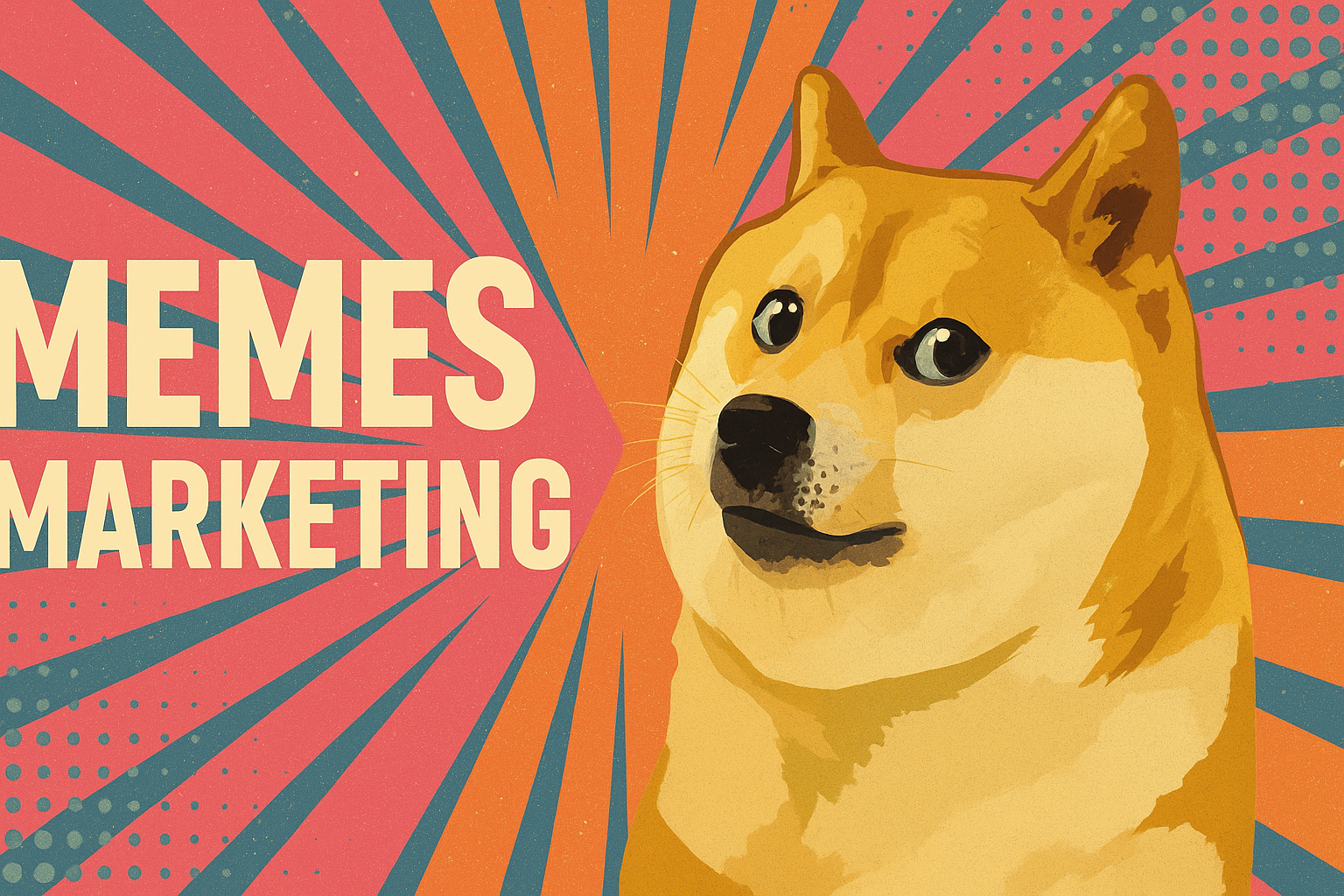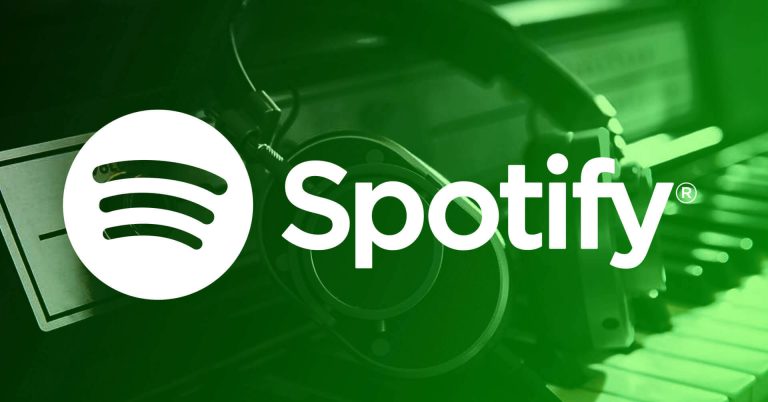Ever laughed at memes, only to realize halfway through that it’s selling you something? That’s not by accident, that’s meme marketing. In 2025, brands are ditching traditional ads and jumping headfirst into internet humor, hoping to go viral not with billboards, but with punchlines.
So, what happens when memes become marketing? Do they work, or is it all just digital noise?
Let’s break it down.
1. Memes Make Ads Disappear (Sort Of)
When a brand uses a meme, it doesn’t feel like an advertisement. It blends right into your social feed, just like any other funny post your friend might share. Instead of directly trying to sell something, it joins the conversation, and that’s what makes it powerful.

For example:
Zomato is great at this. They post hilarious, relatable content about food, not just “order now” messages. One minute you’re laughing about being too lazy to cook, the next minute you’re actually ordering that biryani.
The result?
You don’t feel sold to, but you remember the brand, you share the post, and you’re way more likely to use their app. That’s smart marketing in disguise.
2. Meme Marketing Works Best When It’s Timely
Jumping on a trending meme format within hours, not days, can put a brand front and center in online conversations.

Example:
Netflix India is known for reacting fast. When a popular meme trend goes viral, they’re quick to plug their shows into it. Result? More laughs, more shares, and more streaming.
3. It Creates an Emotional Connection
Memes are more than jokes. They’re shared experiences. When a brand gets it right, they tap into your personality, your mood, even your frustrations, all without being preachy.
Example:
Dunzo’s memes about daily urban chaos, traffic, grocery forgetfulness, and weird neighbors make you feel seen. And when you feel understood, you’re more likely to use the service.
4. But It’s Risky Business If Done Wrong
Trying too hard to be funny? Using a meme format too late? Referencing something controversial without context? Meme marketing can backfire, hard.
Example:
Several brands have gone viral for the wrong reasons when they misunderstood the meme format or tried to jump in on sensitive topics—the result: Cringe, not clicks.
5. It Changes How People See Brands
Forget suits and sales copy. Meme-savvy brands feel like friends. They speak your language, share your sense of humor, and show up in your comments section like that one witty classmate who always had the best timing.
Result:
A shift from “corporate” to “relatable.” And in today’s world, relatable sells.
Final Note
Memes are no longer just distractions between emails, they’re full-blown marketing assets. In a time when attention is currency, brands that can make you laugh might just win your loyalty.
So the next time a meme makes you giggle and makes you click “add to cart,” just know: that’s marketing and it’s working.
FAQs
Q: Is meme marketing effective for all brands?
A: Not always. It works best for brands with a younger audience or a product that fits naturally into internet culture.
Q: Can meme marketing drive real sales?
A: Yes! When done right, meme marketing boosts engagement, brand recall, and even conversions.
Q: Who creates these brand memes?
A: Usually, social media teams, meme specialists, or even freelance creators who understand internet humor and trend cycles.
Q: Is it better than traditional advertising?
A: Not necessarily better, but it’s often more cost-effective and attention-grabbing, especially on social media.






